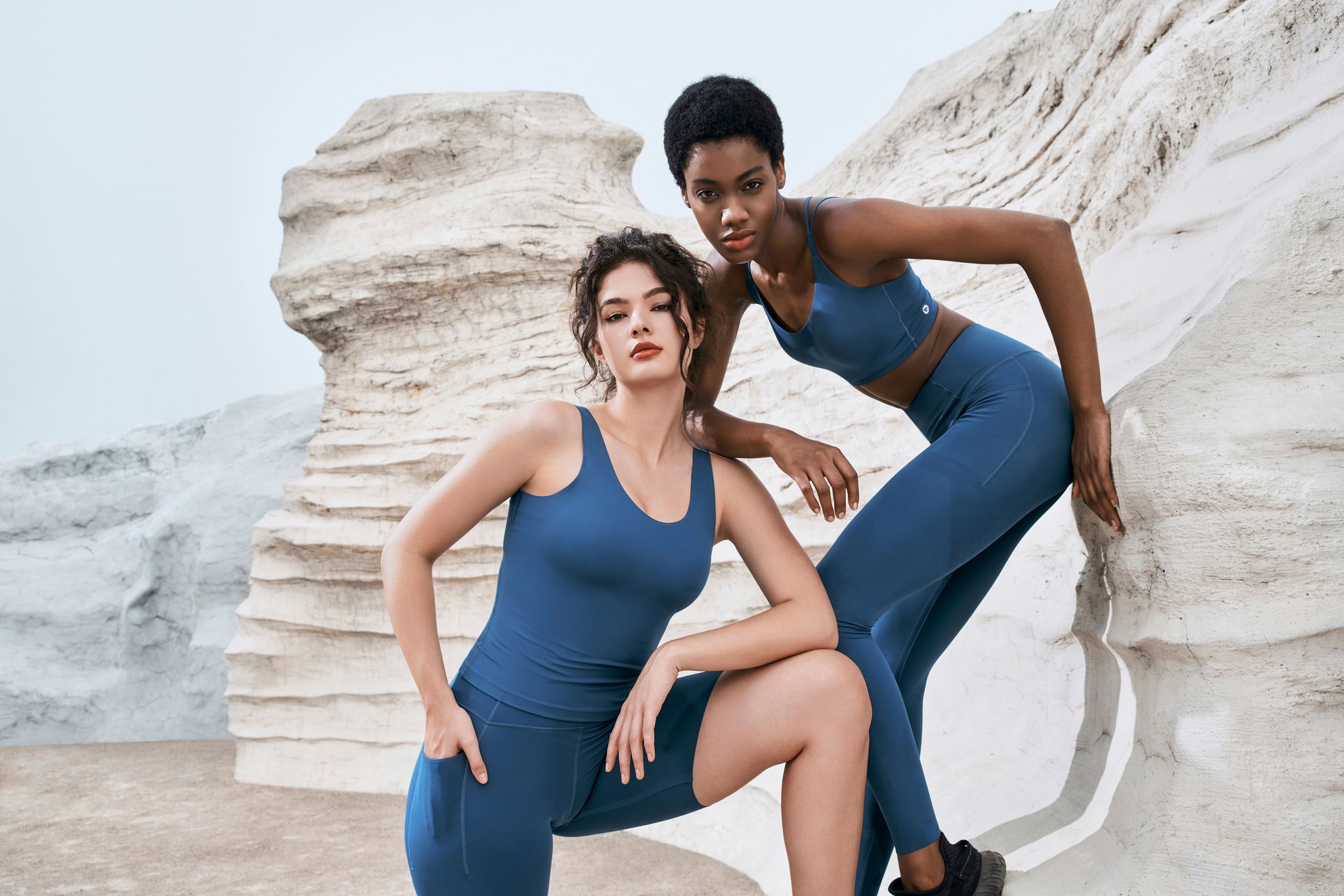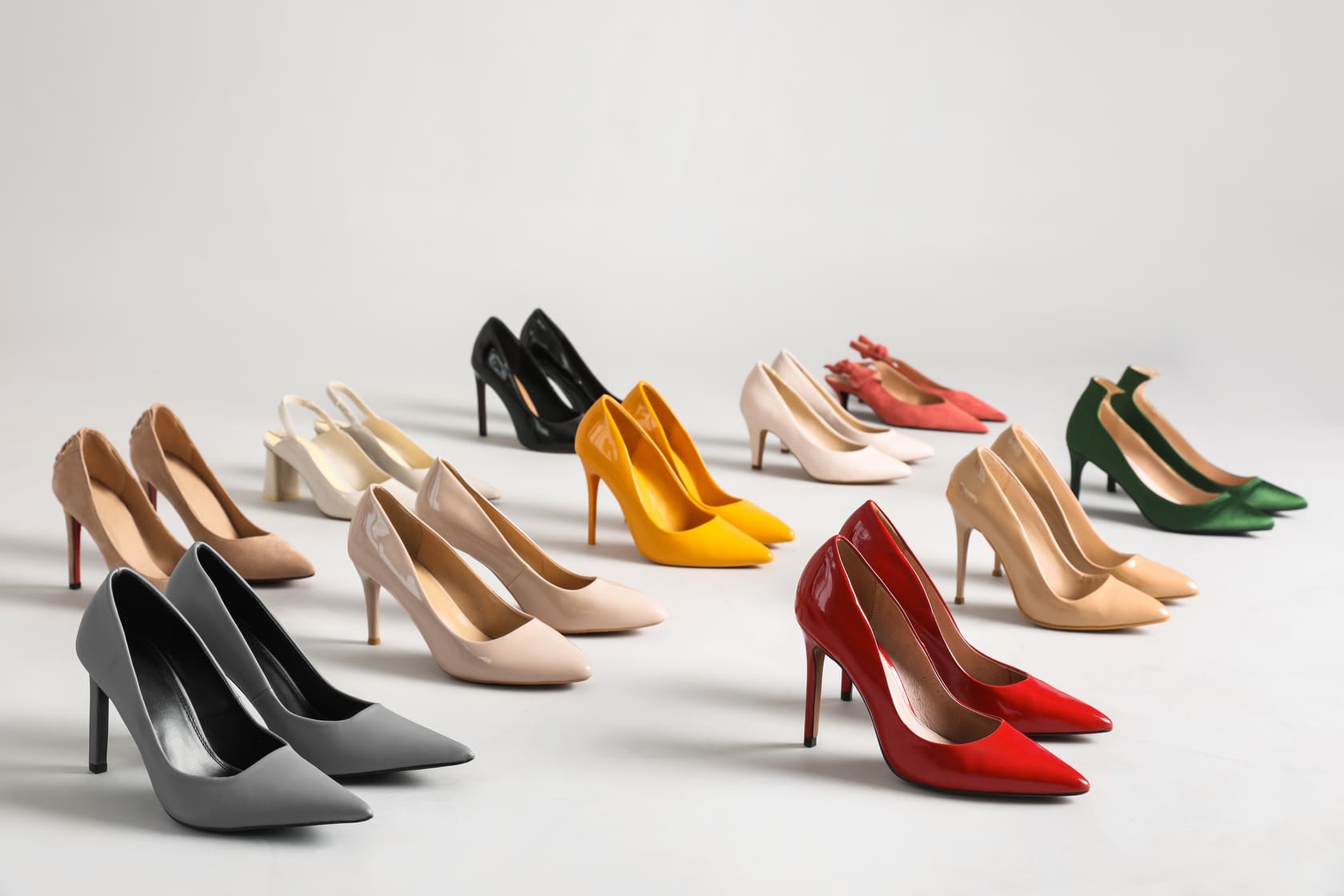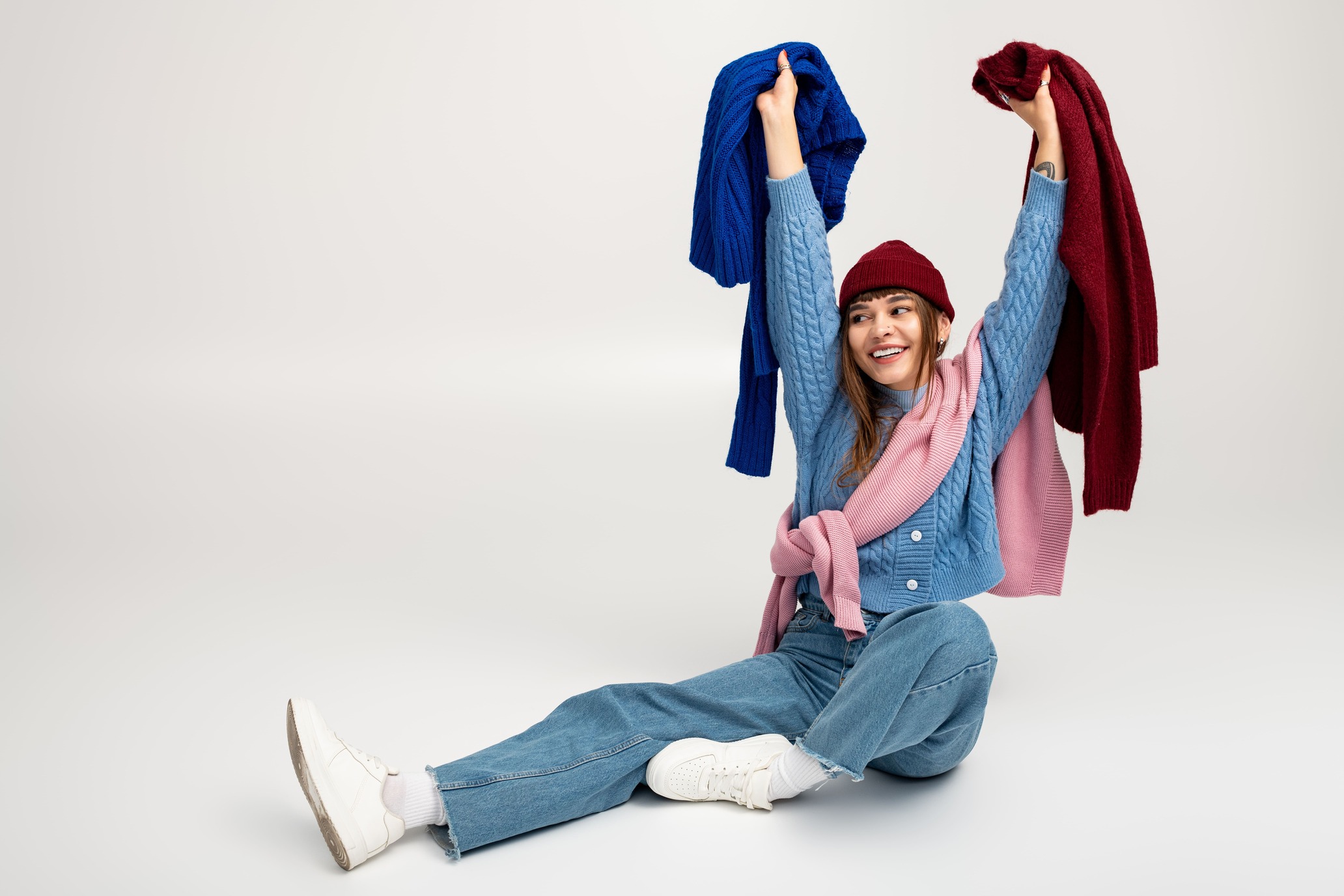August 2024
5 Tips to Sell More Clothes Online
Ester Bazzanella

Some e-commerce managers are looking to increase traffic to their sites or decrease cart abandonments. Others want to provide a better user experience or improve their branding. But no matter what our immediate goals are, we all want the same thing: to sell more clothes.
In this article, we discuss 5 different approaches you can take to sell more clothes online, ranging from user experience improvements to targeted marketing efforts. We couldn’t possibly list all the different strategies and tools you could implement to drive sales of your e-commerce store, so consider this article a starting point.
Evaluate what makes most sense for your store and brand right now. Consider things like what areas need the most improvement, where you’re losing or not converting shoppers, and what the lowest hanging fruit for the best return on investment is.
Let’s get into it!
Invest in your brand
A strong brand is important for any company regardless of industry or sector. For fashion in particular, branding is especially important, and so is fashion e-commerce. Don’t underestimate the power of a well-constructed brand to foster customer loyalty and drive conversions.
Your store’s brand is more than just your name and logo. It’s your visual identity, the way you communicate with customers and the design of your website. It’s the way people feel when they think of your store. All things being equal, between two stores, the strength of a brand can be the deciding factor for shoppers choosing one over the other.
By researching your target audience in depth, you can create a brand that resonates with them on an emotional level. When shoppers identify with and relate to a brand, it’s easy for them to become repeat shoppers.
Improve your user experience
Look for specific systems and tools that you can implement in your fashion e-commerce store that improve the user experience. The better the experience shoppers have on your site, the more likely they are to purchase.
Size recommendation tools
As the name suggests, size recommendation tools help shoppers pick out the right size.
The number one reason for returns and exchanges in online apparel retail is incorrect sizing. Uncertainty about sizing is also to blame for a lot of abandoned carts. If you can help shoppers pick out the right size, you can increase conversions and decrease returns.
To receive a size recommendation, users typically have to enter their height, weight, and age. Size recommendation tools use either statistical or anthropometric models.
Statistical models compare the user’s inputted data with the exchange and return rates of past users with similar data. This means that shoppers are recommended the size that they are least likely to return or exchange based on past purchases.
Anthropometric models use body measurement driven algorithms to provide accurate information about how different sizes will fit. This means shoppers are recommended sizes according to their individual body shape, and can more confidently pick a size based on their personal style preferences.
Product recommendation systems
Keeping on your site for longer increases the chances of them making a purchase. Recommending products they might like is one way to serve them with relevant content and keep them engaged.
Like recommendation algorithms on social media, product recommendations ensure that shoppers see items that they are likely to enjoy. According to McKinsey & Company, 35% of Amazon purchases are thanks to product recommendations.
Product recommendation recommendation tools generally fall into one of three categories, collaborative filtering, content-based filtering, or hybrid systems.
Collaborative filtering is based on the behavior and preferences of similar users or characteristics of similar items.
Content-based filtering focuses on the attributes of the products themselves, suggesting items with similar design, color, and style.
Hybrid systems combine both approaches to provide more accurate and relevant suggestions.
Make checkout as easy as possible
Checkout is the last stage where shoppers might give up on their purchase. To avoid this, make sure your checkout process is as simple as possible. Keep your checkout page clean, and don’t ask for any unnecessary information. Other ways to optimize checkout are to offer guest checkout and accept multiple payment methods.
Guest checkout
Not all users want to feel connected to a particular site or store. Forcing them to create an account is often pressure they don’t want to deal with and a strong reason to abandon their cart.
According to the Baymard Institute’s research on cart abandonment, the reason “The site wanted me to create an account” explained 26% of abandoned carts. If 26% of shoppers don’t want to create an account, allowing guest checkout is a great way to capture those sales.
Ensure the option of guest checkout is easy to spot. Shoppers should be able to easily identify the option at the beginning of checkout before having to enter any information. Use direct microcopy to make this option clear to users, a simple button like, “Continue as guest” or “Check out as guest” serves this function.
Payment methods
Accepting multiple payment methods is another way to reduce friction during checkout. Many users prefer to log into an account using a preferred payment method they already use, like PayPal, instead of having to enter their credit card details.
On your mobile site, make sure to accept mobile payment wallets like Google Pay and Apple Pay. Seeing these options, along with other well-known payment methods, is not only convenient for shoppers but also helps them build trust.
Finally, if you operate in different global markets, offering localized payment methods is a good idea. For example, in Brazil, the Brazilian Central Bank introduced an instant payment system known as Pix, which at least 71% of the Brazilian population uses. If you sell in Brazil, you most certainly need to offer shoppers the option to pay via Pix or you’ll be leaving money on the table.
Optimize your mobile store
A lot of online shopping happens on mobile devices.
In 2023, global mobile e-commerce sales reached 2.2 trillion dollars, representing 60% of all e-commerce sales worldwide. In the US, mobile e-commerce sales reached more than 491 billion dollars.
Navigating the internet from a desktop versus a mobile device influences user behavior. For example, mobile shoppers seem to be less patient than their desktop counterparts.
And you can count on at least half of your website traffic coming from mobile devices.
So if your store’s mobile experience isn’t meeting shopper expectations, you’re losing out on sales. Plain and simple. With that in mind, here are some key elements of your mobile site to consider:
Responsive design: There’s a huge range in screen sizes on mobile devices. Mobile sites need to adapt content in response to screen size to ensure a consistent browsing experience.
Intuitive navigation: Well-organized menus, along with easy-to-use filter options, ensure users can find exactly what they’re looking for.
Optimized load speed: As mentioned above, mobile users are impatient. According to Google, 53% of mobile sites are abandoned if they take longer than 3 seconds to load.
Mobile-friendly product displays: Shoppers need to get a good idea of what clothing looks like on a small screen. Prioritize large product images that can be browsed easily with swipe gestures.
Simplified checkout: The expectation of fast sites extends to checkout. Accept payment methods like Google Pay and Apple Pay, and minimize the number of steps required as much as possible.
If you’d like to learn more, make sure to read about optimizing your store’s mobile experience.
Engage your shoppers
While user engagement is important for your fashion e-commerce store, what we’re talking about here is customer engagement. The relationship you nurture with your shoppers is key in increasing customer loyalty and encouraging repeat purchases.
Keep shoppers updated with newsletters
Sending out a regular newsletter is an important brand marketing exercise. It’s a regular touchpoint with customers and potential customers to keep them informed about your store and give them a reason to visit your website.
Be where your customers are
Regardless of whether it’s Instagram, YouTube, or TikTok, find where your shoppers spend time online and connect with them on those channels.
Drive repeat traffic with promotions
Promotions can help you move old or out-of-season stock while also getting shoppers on your site. You can announce and market promotions via email, newsletter, social media, or even SMS.
Nurture customer loyalty with rewards programs
Converting a customer once is great, but creating lifelong shoppers is even better. One easy way to nurture customer loyalty in fashion e-commerce is with some kind of customer loyalty program. You can offer a rewards program, cash back, or even discount codes, anything to incentivize repeat purchases
Provide a delightful experience
In this article, we looked at 6 different strategies to sell more clothes on your online apparel store. It’s by no means an exhaustive list, and we hope that we’ve made it clear that selling more online is all about delighting your shoppers and making sure they have a great experience.
If you can keep shoppers happy, you can convert them into lifelong shoppers and even brand advocates.
Nowadays, one way to delight shoppers is to make your online apparel store more sustainable. If you’d like to learn more, download our e-book about sustainability in fashion e-commerce.








